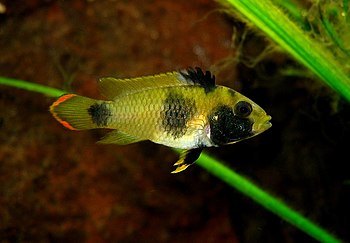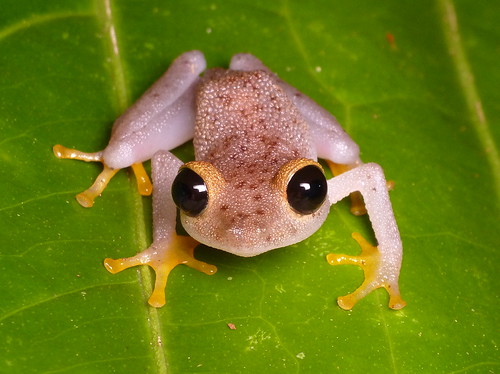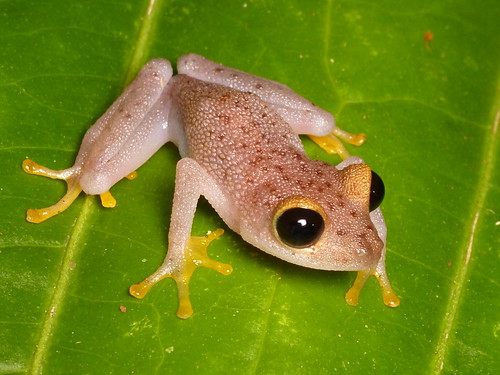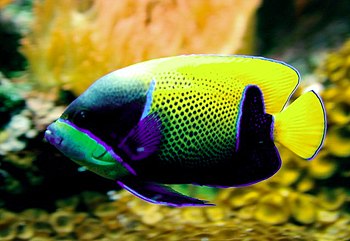 |
| Plecostomus - Photo: Flickr |
A pleco fish is a bottom-feeding/algae-eating fish typically acquired for freshwater aquariums originally from South America.
They are those "sucker fish".
Plecos prefer warmer water and are pretty self-sufficient.
They eat the green algae in the tank and excess food off the bottom that the other fish can't or don't.
They clean when you don't want to.
One of the girls at the pet store loved them, one hated them.
Why?
Well, the girl that loved them loved them for all the reasons I mentioned above plus they are laid back fish...They'll find a small crevice or spot to hide during daylight and chill out. Then, they'll come out at night and clean/eat but keep to themselves.
The girl that hated them found that they grow very quickly and "when they poop, the pieces are long and stringy that float around the tank".
The first girl never felt she had this problem with her plecos at home.
Personally, I went home to ponder these dilemmas, as I was preparing for a trip away from home for 1.5 weeks.
What Did I Do?
I got 1 very small pleco, the smallest one I could find, to assist with the cleaning of the tank while I was away.
Apparently, my mother says the tank looks immaculate...although I only have 1 goldfish in the 10-gallon tank with it.
* By The Way: The pleco did a wonderful job...no algae in site 1.5 weeks later! We named him Mr Klean - Yes, another "K" name...LOL!
Loaches, also bottom feeders, are an option but seem to bother the other fish in the tank, from my observations...They never stop moving around. They are "Old World" freshwater fish coming from riverine environments throughout Morocco and Eurasia.
|








